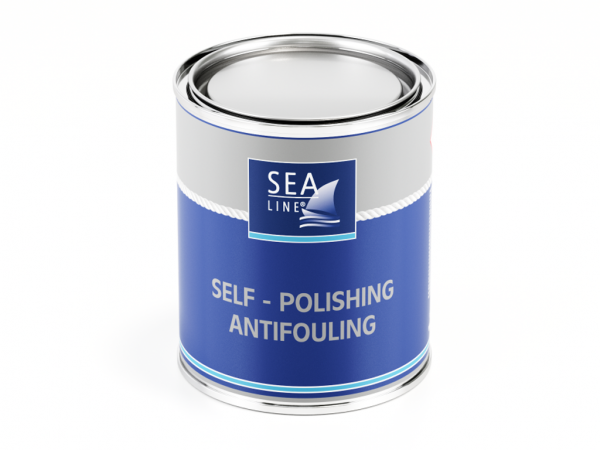
| Type | GRP laminates, wood, Steel | |
| Place | Below waterline | |
| Function | Antifouling paint discourages the growth of barnacles, weed, and other water life on the submersed hull of the boat. | |
| Application | brush, roll, spray gun | |
| Thinning * | No | |
| Theoretical coverage For 1l | 8-9 m2 for 115 μmWFT/ 50 μm DFT | |
| Coats number | 1 – 3 | |
| Time between layers | Min 5 h – max 7 days | |
| Dry to launch: | Min 12 h | |
| Pack | 0,750 l | 2,5 l |
| Color ** Black Grey Red Green Dark Blue | code 300005598 300005599 300005600 300005601 300005602 | code 300005480 300005477 300005481 300005478 300005479 |
In the case of high temperatures and the need to thin the antifouling paint, a maximum dilution of 0-5% (by volume) is recommended.
Dilution and the application method directly affect the thickness of the antifouling paint layer.
Special attention should be paid to obtaining a specific coating thickness (100 μm DTF), which ensures the effective operation of the antifouling paint.
Exposure of a freshly applied antifouling paint to moist air can lead to color change. The discoloration is only superficial and does not affect the effectiveness of the antifouling paint. Due to the content of copper oxide, a small color difference between the parts of the antifouling paint is acceptable.
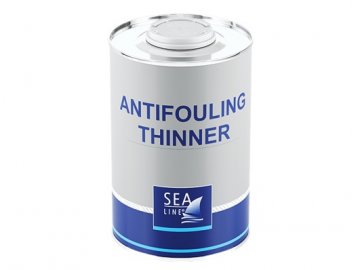
It is very important to use paint thinners, which provide the appropriate parameters of paint – flow, pot life, time […]
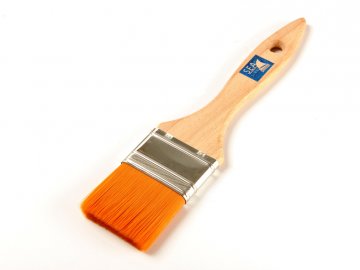
PENNELLO PROFESSIONALE Sea-Line® PENNELLO Sea-Line® RULLI Sea-Line® IMPUGNATURA PER RULLI Sea-Line® VASCHETTA PLASTICA Sea-Line® STECCA PER MISCELARE Sea-Line® TAZZE GRADUATE […]
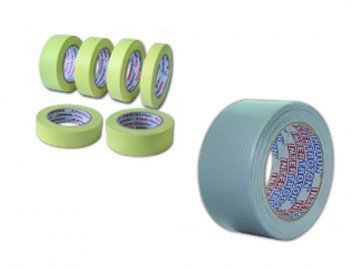
NASTRO DA MASCHERATURA NASTRO DA MASCHERATURA RESISTENTE ALL’ACQUA NASTRO ARGENTO – SPECIALE NASTRO DA MASCHERATURA DESCRIZIONE DEL PRODOTTO: Con buona […]
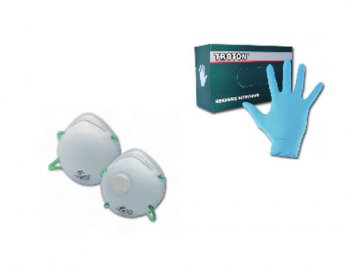
MASCHERINA GUANTI MONOUSO IN NITRILE “MASTER” GUANTI MONOUSO IN NITRILE WORKWEAR – SINGLE USE POLYESTER WORKWEAR (blue) reusable overall PASTE […]
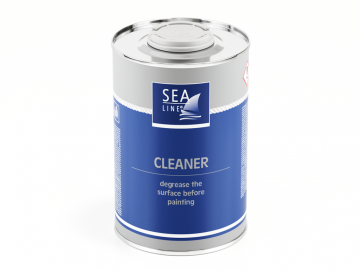
DESCRIZIONE DEL PRODOTTO: Raccomndato per sgrassare le superfici prima delle applicazioni. CONFEZIONE / CODICE: 1 l / CODICE : 3990 INFORMAZIONI […]
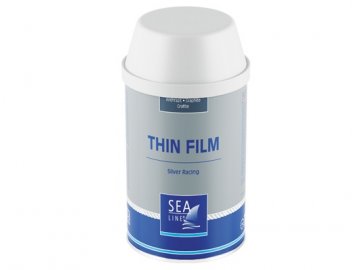
THIN FILM Silver Racing is a hard antifouling paint, effectively preventing fouling organism: aquatic plants and animals or slime. Ideal […]
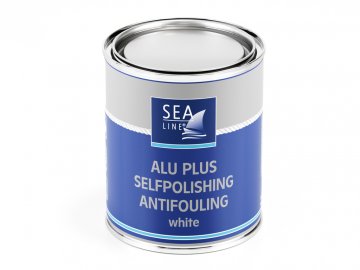
Self – polishing Antifouling ALU PLUS protect areas below the water line. It can be applied on aluminium (light alloy), […]

It is very important to use paint thinners, which provide the appropriate parameters of paint – flow, pot life, time […]

PENNELLO PROFESSIONALE Sea-Line® PENNELLO Sea-Line® RULLI Sea-Line® IMPUGNATURA PER RULLI Sea-Line® VASCHETTA PLASTICA Sea-Line® STECCA PER MISCELARE Sea-Line® TAZZE GRADUATE […]
We recommend to always sand the surface between applying two different products to ensure uniform surface roughness and adhesion of subsequent layers. The sanded surface should also be cleaned and degreased.

Il patch e compensare le irregolarità derivanti da danni durante la produzione

Barca protezione superficiale contro l’influenza di azioni distruttive di osmosi e la corrosione in ambienti difficili

Protezione contro l’acqua e contro gli effetti negativi delle radiazioni UV

Proteggere la parte inferiore della barca prima-tedesco ricoperta di alghe e conchiglie. La prevenzione dell’azione di acqua.

Rimozione efficace di ritenzione graffi, di aggiornamento e il colore del mantello gel o lacca

Laminazione, incollaggio e tappatura perdite

Per il riempimento di piccole fessure e ubyt gemme in gelcoat

Una gamma di prodotti utili quando si lavora costruttore di barche